While humans have made significant strides in lunar exploration, one constant has been the shared time zone used by both Earth and the moon. However, this is set to change as NASA plans to establish a unique lunar time by introducing a separate clock, according to Smithsonian Magazine.
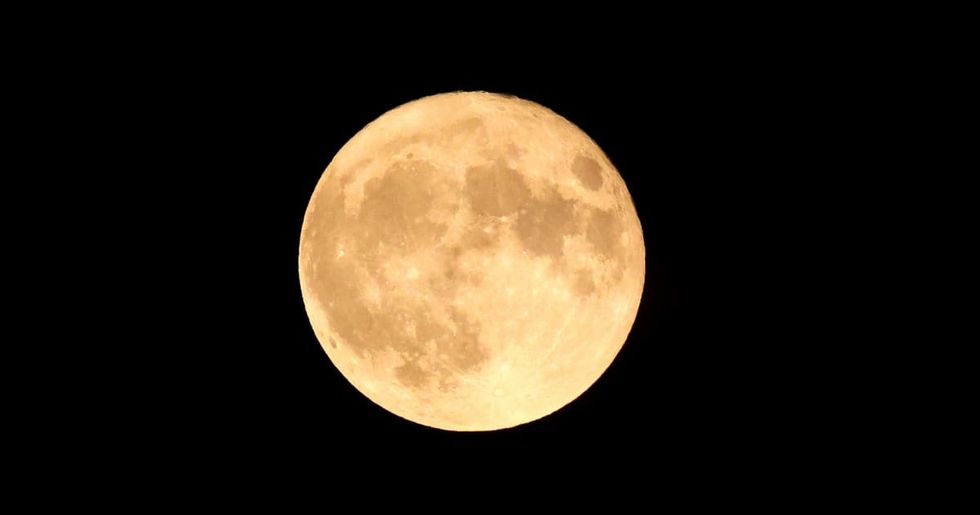
NASA's plan to put a separate clock for the moon arises from the need to maintain a new time reference system so that astronauts can better understand the time difference. It's important to note that lunar time differs from Earth's. With the moon's weaker gravity, time actually moves slightly faster—by 58.7 microseconds each day.
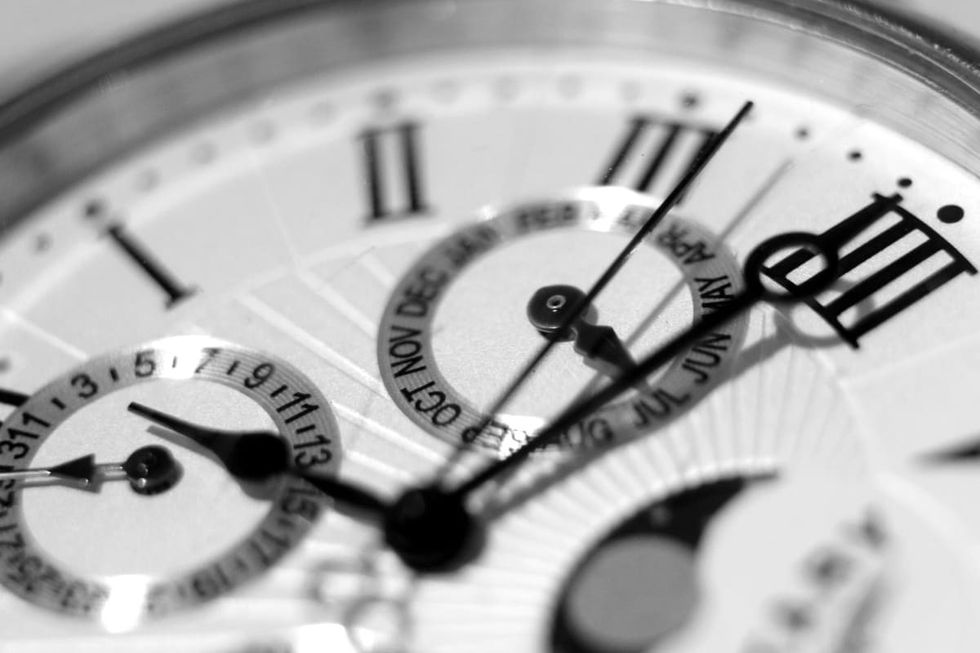
To address this time discrepancy, the White House has directed NASA and other U.S. agencies to collaborate with international bodies to develop a moon-specific time reference system. Stressing the importance of a separate lunar clock, Kevin Coggins, Deputy Associate Administrator and Program Manager of NASA's Space Communications and Navigation Program, told The Guardian, "An atomic clock on the moon will tick at a different rate than a clock on Earth."
He added, "It makes sense that when you go to another body, like the moon or Mars each one gets its heartbeat." Coggins also talked about the significance of the clock and how beneficial it could be in a bigger context. "The last time NASA sent astronauts to the moon they wore watches, but the timing wasn't as precise and critical as it now with GPS, satellites and intricate computer and communications systems. Those microseconds matter when high-tech systems interact," he said.
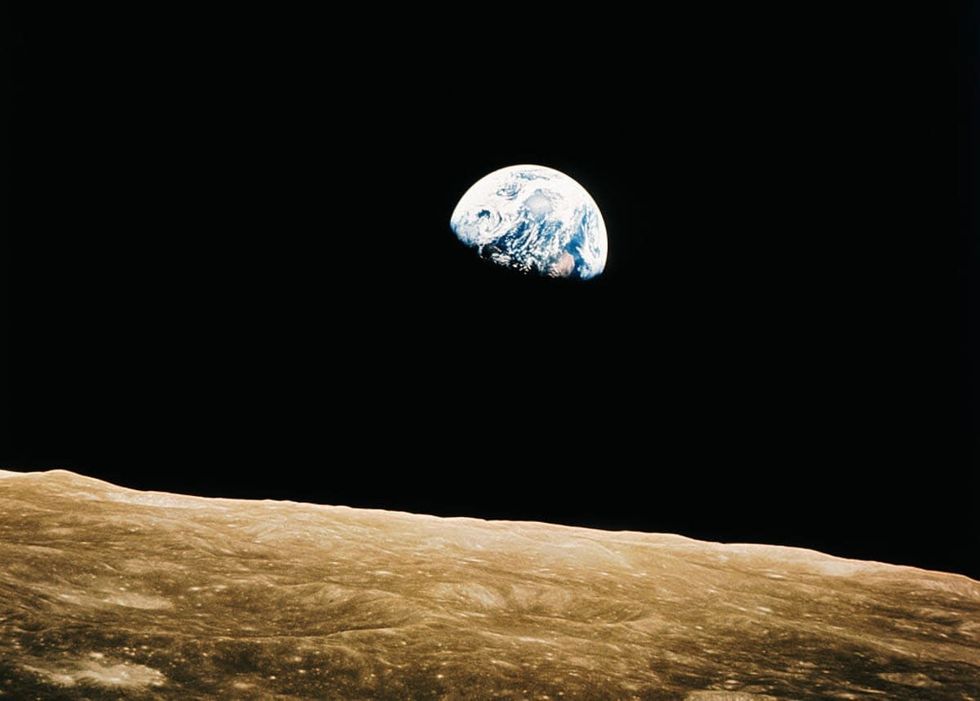
NASA has been given time till 2026 to set up the moon-specific time zone, called Coordinated Lunar Time (LTC). The White House Office of Science and Technology Policy (OSTP) has talked about how the absence of LTC could affect us in the future. It said that without the new clock, it would be challenging to ensure that data transfers between spacecraft are secure and that communications among Earth, lunar satellites, bases, and astronauts are synchronized.
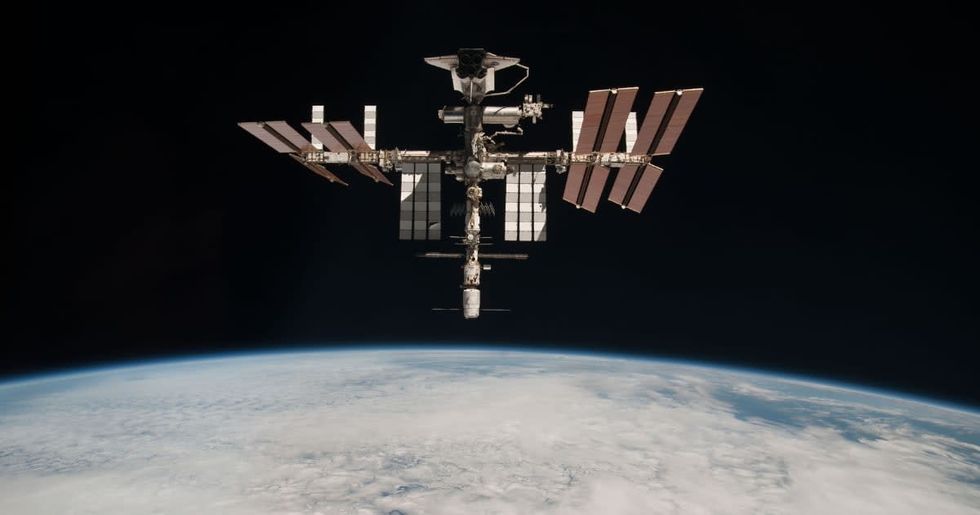
The International Space Station (ISS), being in low Earth orbit, will continue to use Coordinated Universal Time or UTC. It is yet to be decided whether NASA will change the timezone for its space station. As more countries engage in lunar missions, this new clock will prove essential for data storage and communication.


















 Representative Image Source: Pexels | Anni Roenkae
Representative Image Source: Pexels | Anni Roenkae Representative Image Source: Pexels | Its MSVR
Representative Image Source: Pexels | Its MSVR Representative Image Source: Pexels | Lucian Photography
Representative Image Source: Pexels | Lucian Photography

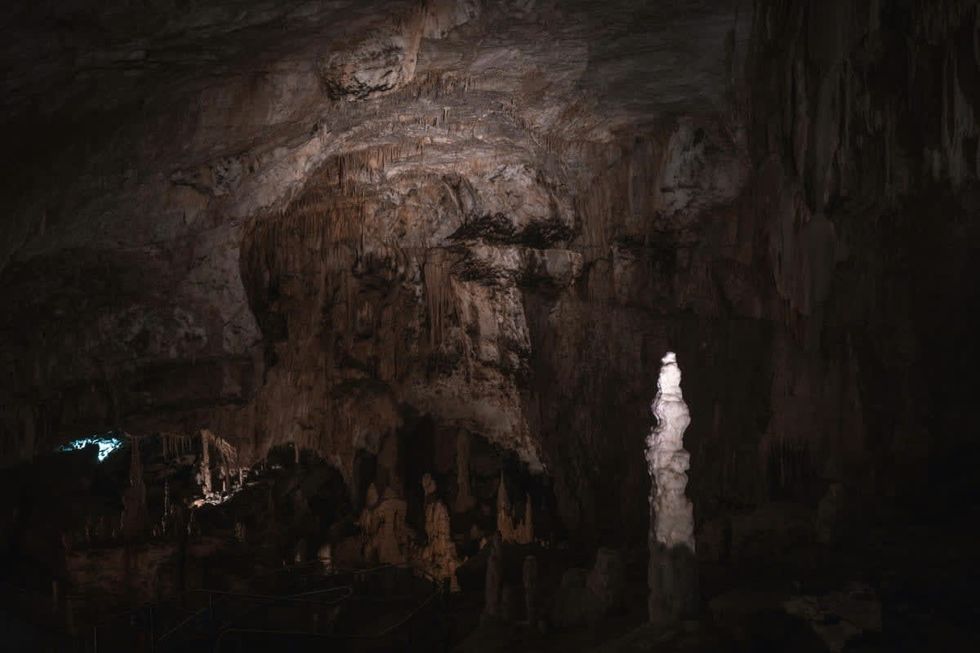 Representative Image Source: Pexels | francesco ungaro
Representative Image Source: Pexels | francesco ungaro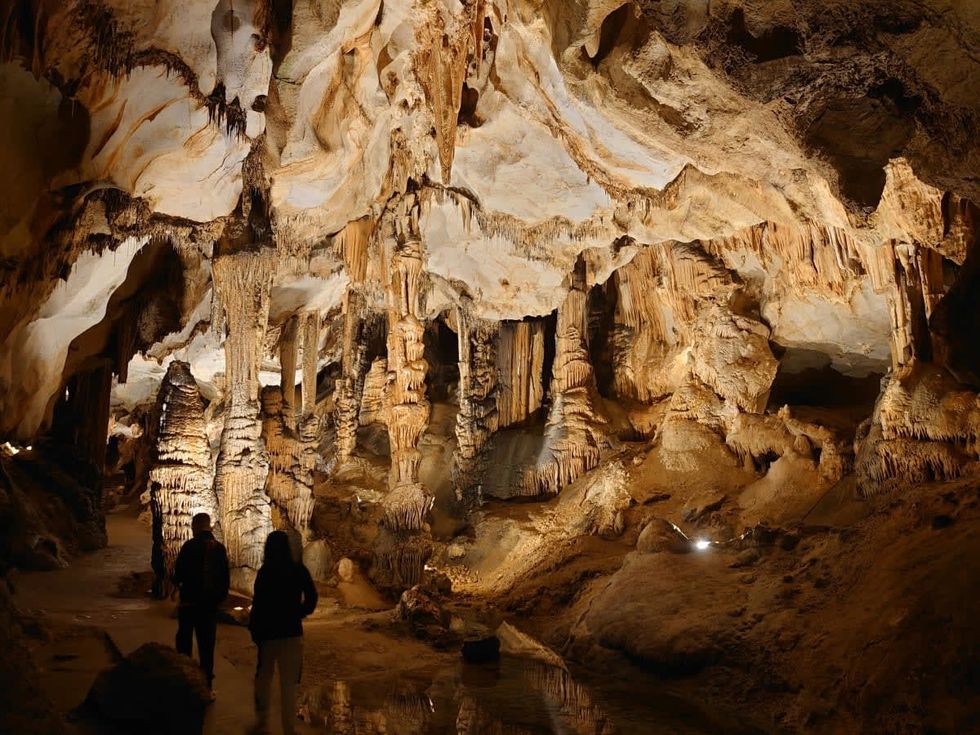 Representative Image Source: Pexels | parfait fongang
Representative Image Source: Pexels | parfait fongang Image Source: YouTube |
Image Source: YouTube |  Image Source: YouTube |
Image Source: YouTube |  Image Source: YouTube |
Image Source: YouTube | 
 Representative Image Source: Pexels | Hugo Sykes
Representative Image Source: Pexels | Hugo Sykes Representative Image Source: Sectional view of the Earth, showing central fire and underground canals linked to oceans, 1665. From Mundus Subterraneous by Athanasius Kircher. (Photo by Oxford Science Archive/Print Collector/Getty Images)
Representative Image Source: Sectional view of the Earth, showing central fire and underground canals linked to oceans, 1665. From Mundus Subterraneous by Athanasius Kircher. (Photo by Oxford Science Archive/Print Collector/Getty Images)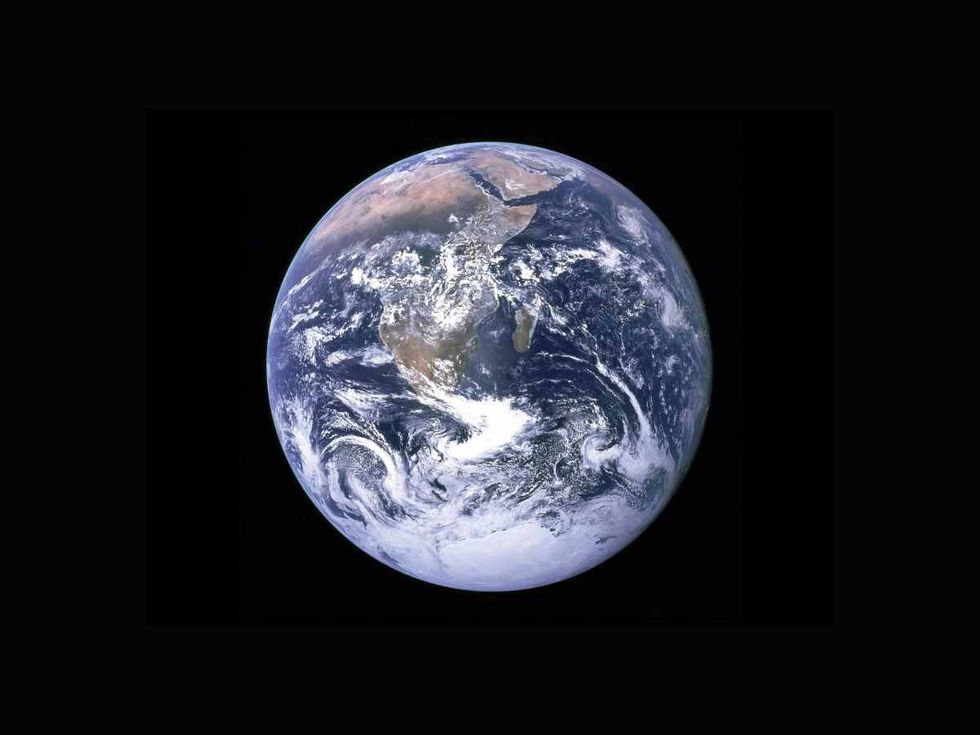 Representative Image Source: Pexels | NASA
Representative Image Source: Pexels | NASA




 Representative Image Source: Pexels | Steve Johnson
Representative Image Source: Pexels | Steve Johnson Representative Image Source: Pexels | RDNE Stock Project
Representative Image Source: Pexels | RDNE Stock Project Representative Image Source: Pexels | Mali Maeder
Representative Image Source: Pexels | Mali Maeder
 Photo: Craig Mack
Photo: Craig Mack Photo: Craig Mack
Photo: Craig Mack